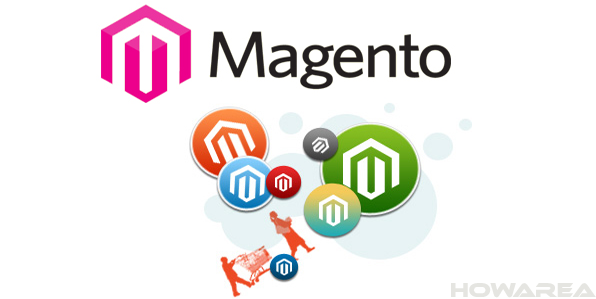If you’re looking at launching an e-commerce website, you have probably heard of Magento. This program is one option for those looking to create a website from which to sell their products. It provides many different built-in features, including inventory management databases, shopping carts, and other methods of customising your online store. There are a number of different features built-in to Magento that make it very user-friendly and very flexible.
Extreme Customisation
Magento makes use of Object-Oriented Programming to allow you to design your own websites that fit your specific needs. You can take various Magento extensions and applications and modify them to provide the solutions to your needs. All of the coding of the Community Edition of the e-commerce platform is open source, so experts can modify any part of the source code. If the feature you want doesn’t exist, a professional web design company can create it for you.
A Community of Help
Because Magento is open source, you don’t have to go to one company for support. Instead, you have an entire community standing by to help with issues or to provide solutions. This helps to ensure that the Magento platform is always protected from viruses and other security issues.
It Scales
Unlike some e-commerce options, Magento is ready to grow with your business. You can begin using it as a platform for your small business, but as you grow, it can expand to handle all of your needs. If you’re working with a good business that specialises in Magento web design in Melbourne, you’ll never have to worry about migrating to a new system. Your partner web design team can continue to expand your e-commerce site in Magento as needed.
It Was Designed Especially for e-Commerce
Some businesses try to use other content management systems for their e-commerce sites, because they are already using those systems for their websites and blogs. However, these other systems weren’t necessarily built from the ground up for e-commerce. Many had e-commerce functionality added to them later. That’s not the case with Magento. It was designed as an e-commerce platform, so it includes everything needed to function as one. There’s no need for any additional features or extensions.
Part of this design includes integration with various payment gateways, banks, and other third-party services that you may need to use to operate your e-commerce business smoothly. Magento is designed to seamlessly integrate with a number of these other platforms with no issues.
SEO
No e-commerce site is complete without being optimised for search engines. Your web design team will be able to implement a strong SEO marketing campaign using Magento, because it’s already prepared for SEO. The platform include a number of SEO features designed to make it easy to make your e-commerce site visible to search engines. Meta tags, friendly URLS, layered navigation, sitemaps, and more are all included in the basic Magento package. If you don’t find an SEO feature you need, your web design partners can simply create it thanks to the open source code.
